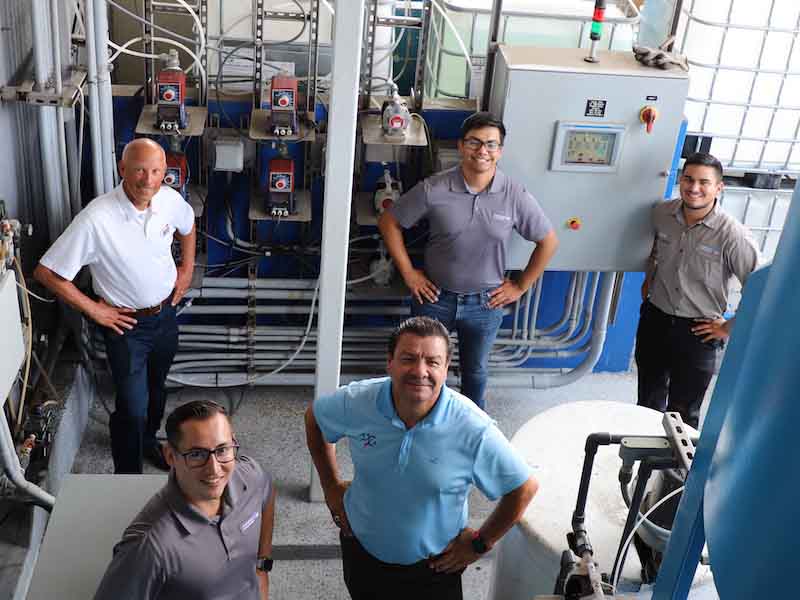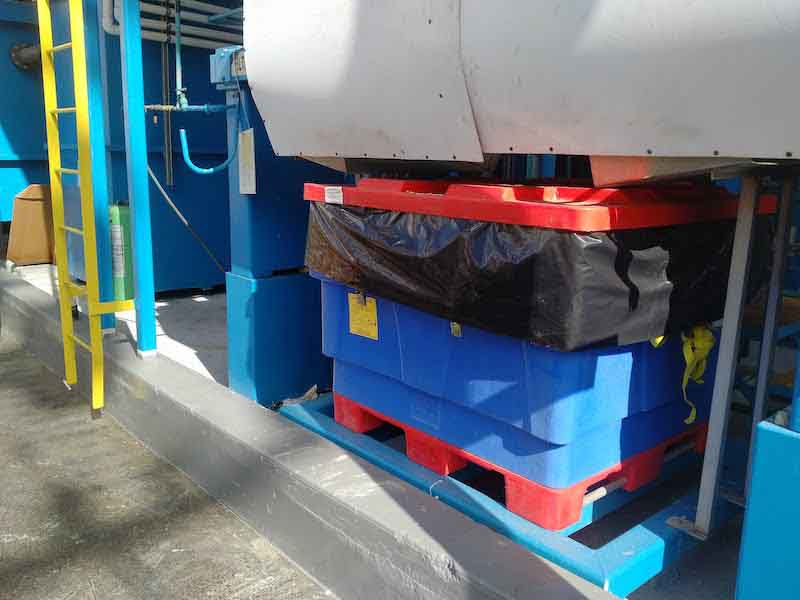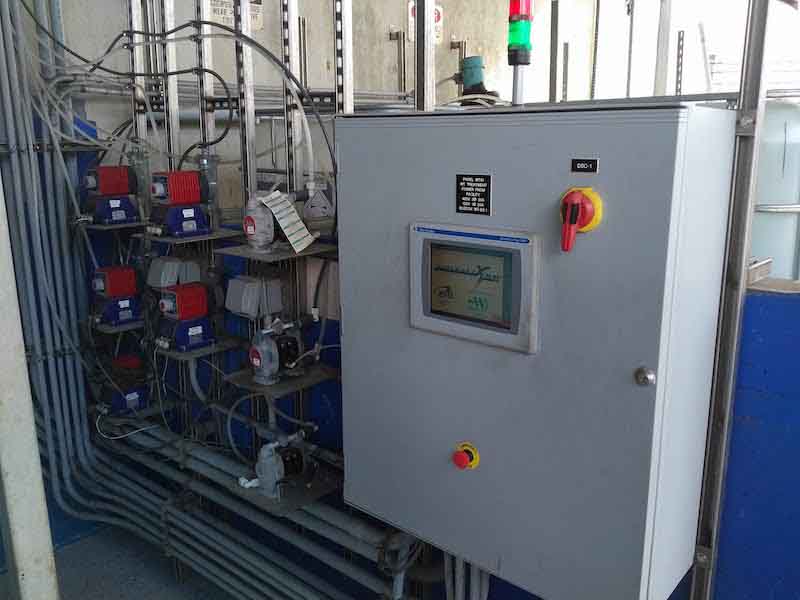When Aircraft X-Ray Laboratories president Justin Guzman was bemoaning a few years ago the amount of wastewater treatment sludge his anodizing, painting, and conversion coating facility was generating each month, he was simply looking for a sympathetic ear.
Little did he know that the conversation he was having with Dan Zinman from Miles Chemical would result in not only a solution to his problem but a reduction in expenses and a new approach to modernizing the AXL facility in Huntington Park, California.
“We were shipping five to seven tons of F006 like clockwork every three months,” says Guzman of the official classification of wastes from electroplating and other metal finishing operations. “And we had a ‘Notice of Violation’ for exceeding chrome discharge limitations, too.”
Dramatic Saving in Filter Cake Disposal
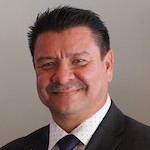 Justin GuzmanToday, that number is down to shipping a cubic yard of F006 about every six months, and a huge saving in costs thanks to sending less for disposal and reduction in wastewater pretreatment chemistry.
Justin GuzmanToday, that number is down to shipping a cubic yard of F006 about every six months, and a huge saving in costs thanks to sending less for disposal and reduction in wastewater pretreatment chemistry.
“If 10cc neutralize it, let’s put 20cc and neutralize it better,” Guzman says. “Chemical usage was higher than required, and we were generating and producing excess waste. One of the things for me in the past has always been ‘Who do I call, and who can I trust?’ I needed someone to help me and not sell me a service — or sell me chemicals and see you later.”
AXL helped pioneer non-destructive testing more than 80 years ago and is a respected Nadcap operation. And with approvals from companies such as Bell Helicopter, Boeing, Cessna, Aerojet, Gulfstream, Fairchild, Hawker Beechcraft, Lockheed Martin, Moog and Northrop Grumman, AXL is one of the leading finisher in the aerospace industry.
AXL provides chemical conversion coatings, painting, anodizing, etching, and additional surface treatments. They are also Nadcap Certified in AS 7114 Rev D Nondestructive Testing, AC 7004 Rev D Standard Quality Program, and AC 7108 Rev D Chemical Processing
Guzman had just been named president of the company after more than 35 years with the company when he ran into Zinman at the Metal Finishers of Southern California annual showcase that year.
‘What Do You Mean It’s Free?’
 Zinman, the Vice President of Sales and Marketing at Miles Chemical, had been providing AXL with chemistries and supplies for several years.
Zinman, the Vice President of Sales and Marketing at Miles Chemical, had been providing AXL with chemistries and supplies for several years.
“Dan offered to help, and I asked him how much it would cost, and his answer was ‘Service and support to our customers comes at no charge,’” Guzman says. “Do you mean it’s free? It kind of blossomed from there.
Zinman arranged for the Miles technical support group to set up a time for a site visit and a walkthrough to get an understanding of their operation and specific requirements.
“It is not uncommon for a wastewater treatment system to be operator intensive,” Zinman says. “That is not a bad thing as there are many variables that go into managing wastewater pretreatment.”
During the walkthrough, they found the following:
- The chrome reduction/precipitation system was utilizing a traditional sodium metabisulfite process.
- Control and feed of wastewater chemistries were not fully automated, which led to over/underfeeding, and most likely led to the Notice of Violation.
- Some active treatment chemistry in the solids was going to the filter press.
- A typical F-006 filter cake being collected in a hopper and transferred into a roll-off container.
One-Step Precipitant/Coagulant Water Treatment Chemistry
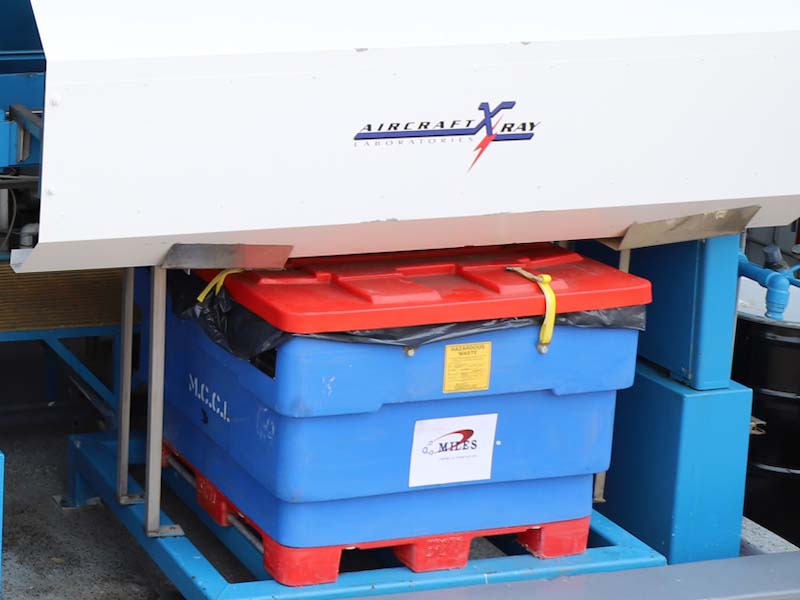 It was good timing as Miles Chemical had recently developed a one-step precipitant/coagulant water treatment chemistry called CoPrep TMR Plus, designed for chrome reduction and low discharge limit metals.
It was good timing as Miles Chemical had recently developed a one-step precipitant/coagulant water treatment chemistry called CoPrep TMR Plus, designed for chrome reduction and low discharge limit metals.
On-site jar tests and analytical verification were able to confirm Aircraft X-Ray’s discharge limits would be met utilizing the CoPrep TMR Plus. This would enable them to eliminate the typical sodium metabisulfite treatment methods, along with generating far fewer solids going to the filter press.
“The next step was a review of the treatment process where they found not all the waste treatment chemistries were consumed during treatment,” Zinman says. “By recycling a portion of the solids, it would allow some ‘good chemistry’ to be utilized again, enabling savings in chemistry and fewer solids going to the filter press.”
The last step in the treatment process optimization was monitoring pH and ORP through a PLC, which would activate the chemical feed pumps as required. While PLC and automated feed systems were not uncommon, the use of PLCs has become much more scalable for an operation the size of AXL, making them more cost-effective. Miles/Aircraft X-Ray integrator was able to design a system that could be incorporated into Aircraft X-ray’s ERP system.
“We did it through amortization, thereby avoiding a capital expense,” Zinman says.
Eliminating All Waste Handling
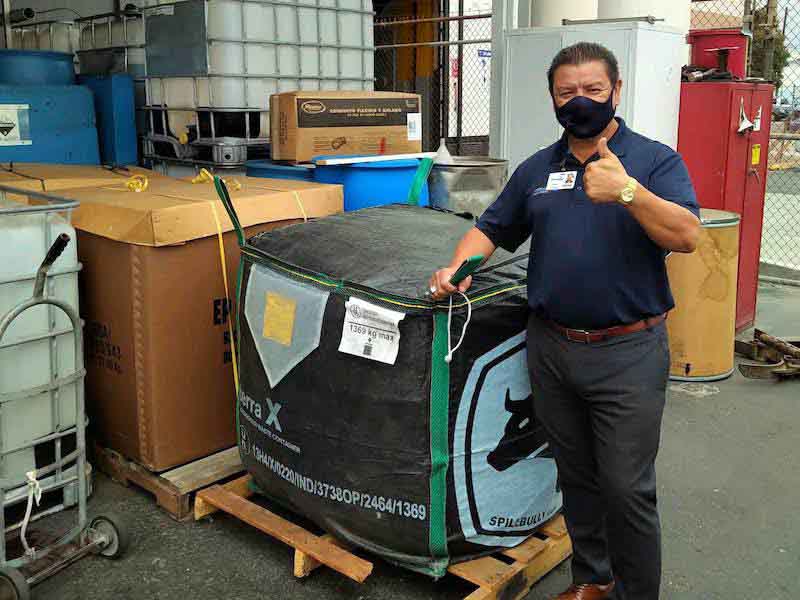 Like other shops, a hopper was utilized to transfer F006 filter cake into a waste container. In Aircraft X-Ray’s case, it was a roll-off bin. With the significant reduction of filter cake, it eliminated the requirement for the footprint of a 20 cubic yard roll-off.
Like other shops, a hopper was utilized to transfer F006 filter cake into a waste container. In Aircraft X-Ray’s case, it was a roll-off bin. With the significant reduction of filter cake, it eliminated the requirement for the footprint of a 20 cubic yard roll-off.
Guzman and his team found the opportunity to eliminate the roll-off rental fees, transportation costs, and risks associated with handling and transfer of the filter cake. His AXL group was able to lift the filter press to accommodate a one cubic yard waste bin.
“This eliminated all waste handling,” Guzman says.
For companies similar to AXL, efforts like these enhance internal efficiencies, minimize risk and exposer, and remain in regulatory compliance. This is vital in today’s surface finishing environment
In a Fight for their Livelihood
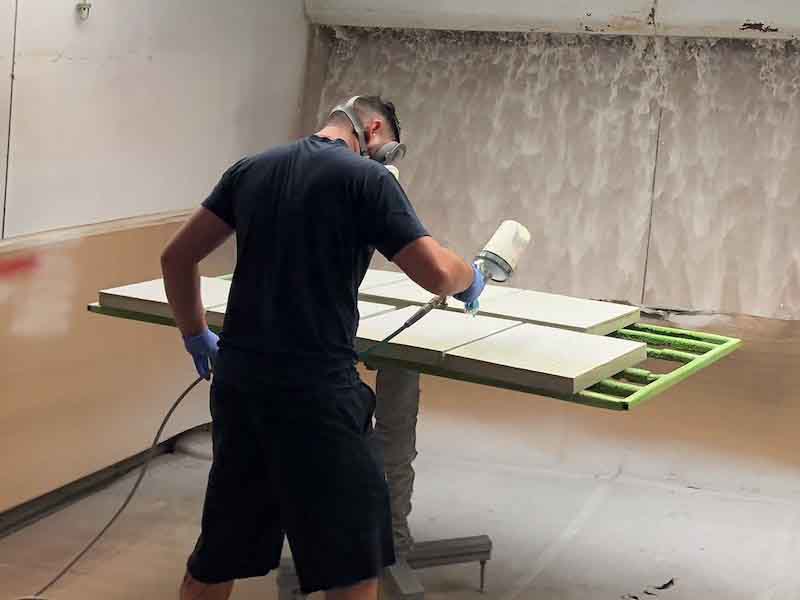 The California Air Resources Board (CARB) is proposing to ban any new facility using hexavalent chromium later this year and phase out existing hexavalent chrome facilities beginning in 2023.
The California Air Resources Board (CARB) is proposing to ban any new facility using hexavalent chromium later this year and phase out existing hexavalent chrome facilities beginning in 2023.
Among the proposed directives:
- Banning any new hexavalent hard or decorative chromium electroplating facility or a new chromic acid anodizing facility after December 31, 2021.
- Banning existing decorative hexavalent chromium electroplating after January 1, 2023.
- Banning existing hard hexavalent chromium electroplating tanks after January 1, 2027.
- Banning existing chromic acid anodizing tanks after January 1, 2032.
Guzman, who is also president of the Metal Finishing Associations of Southern California, says the proposed rules would effectively kill much of the metal finishing industry in the state.
“I think metal finishing and paint in California is going to zero,” Guzman says. “It’s looking very dim.”
Vital to Aerospace, Defense, and Automotive Industry
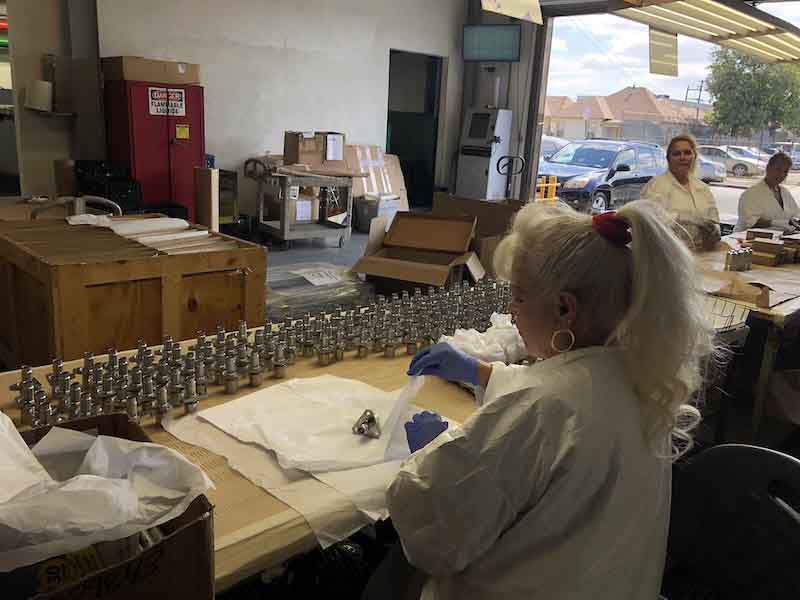 Aircraft X-Ray applies a chromate spray to aerospace and defense parts for numerous customers, including Boeing, Lockheed Martin, Northrop Grumman, and more. Guzman says his facility has spent a considerable amount of money to meet the already stringent California requirements for air quality measures.
Aircraft X-Ray applies a chromate spray to aerospace and defense parts for numerous customers, including Boeing, Lockheed Martin, Northrop Grumman, and more. Guzman says his facility has spent a considerable amount of money to meet the already stringent California requirements for air quality measures.
He says many metal finishers have done the same to meet environmental standards but says CARB and other local and state agencies have tried to portray the finishing industry as heavy polluters who care only about profits over the environment or the safety of residents.
“You’re telling me I’m too stupid to understand environmental, or I’m too cheap,” Guzman says of CARB. “I take offense to both.”
Metal Finishing Associations of California runs both the southern and northern state chapters of the National Association for Surface Finishing, and it estimates that more than 100,000 people are employed at finishing and coating facilities.
Aside from aerospace and defense, other industries in California that rely heavily on metal finishers for coatings using chromium are automotive, machine parts, fasteners, industrial machinery, architectural, medical devices, fixtures, marine equipment, electric cars, and bicycles.
Less Than 1% of Total Hex Chrome Emissions
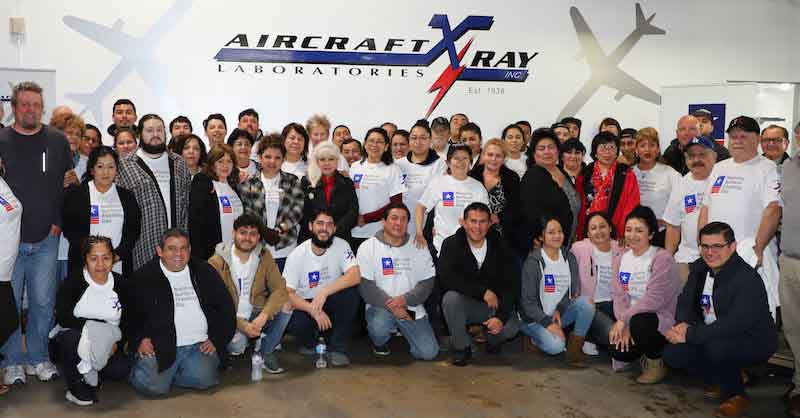 But Guzman says that facilities that utilize decorative/functional chrome and chromic acid anodize account for less than 1% of total hex chrome emissions for the entire state of California.
But Guzman says that facilities that utilize decorative/functional chrome and chromic acid anodize account for less than 1% of total hex chrome emissions for the entire state of California.
“I’ve spent the money, and I understand regulatory, as do most metal finishers,” he says. “Hundreds of thousands of dollars — if not millions — to comply, and yet they keep coming after us.”
Zinman, who is chair of the MFASC’s industry promotion committee, says the group is reaching out to other manufacturing industries to gain their support as finishers face their possible demise.
“CARB is not talking about emission control; they are talking about 100% elimination,” he says. “When you take that approach of not controlling but eliminating — and especially in aerospace — this could be catastrophic to the industry.”
Both the MFASC chapters have begun a campaign of asking anyone involved in metal finishing — customers, OEMs, employees, and other manufacturing groups — to reach out to the CARB to protest these new rules.
Finishing Critical Components
Guzman says the end result of these new rules is that aerospace finishing — a critical component to the reliability of zero-fail parts and materials — could be outsourced to other parts of the U.S. or even overseas.
“The CARB is taking the burden of travel and the burden of defense and shifting it to the rest of the country,” Guzman says. “They’re saying ‘we don’t want to contaminate, and we don’t want to contribute to the defense of the country; you guys take care of it.’ It’s absolutely absurd.”
The possibility of losing their finishing businesses — and casting more people into the unemployment line — is personal to many facility owners and managers.
“Every time someone takes off on an aircraft and lands, it’s got my name on it,” Guzman says. “If you have a medical implant, it’s because of us. If cars last a little bit longer, it’s what we do.”
Visit https://www.aircraftxray.com and https://www.mileschemical.com





